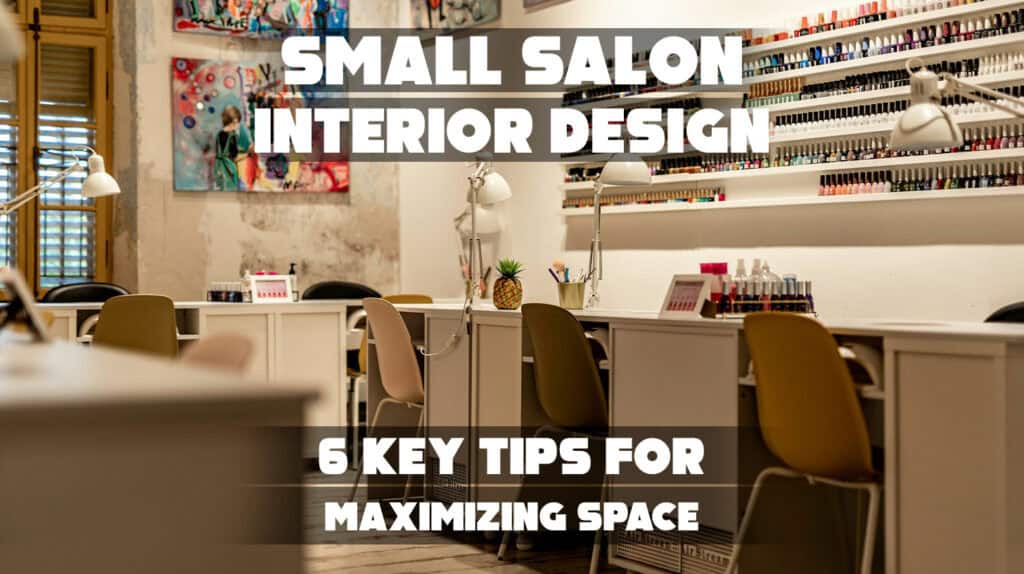Dreaming of a home that feels like a historic retreat, but unsure how to bring that vision to life? You’re not alone — many want the timeless charm of medieval interiors but struggle with where to begin.
As your trusted guide, we’ll help you transform your space using authentic materials and proven design tips drawn from history and modern design expertise.
In this article, you’ll discover how to:
- Choose the appropriate pattern for your walls and floors
- Blend in other geometric patterns for visual depth
- Layer in soft furnishings to warm stone and wood surfaces
Start your journey now — and create a space that’s both medieval in spirit and perfectly livable today.


1. Core Elements of Chinese Interior Design
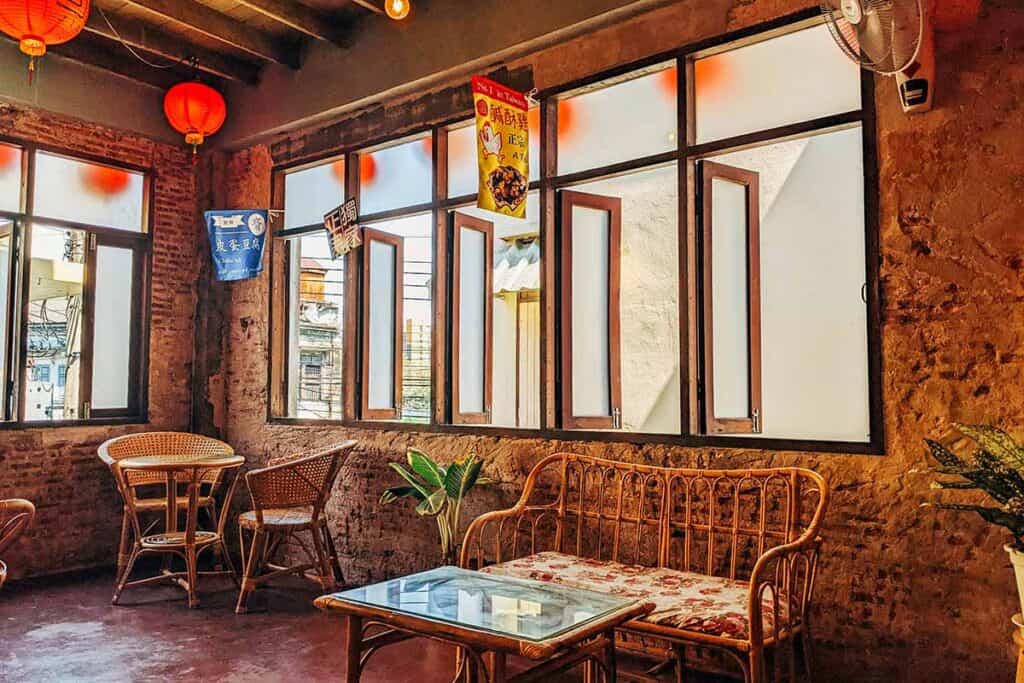
Chinese interior design focuses on creating harmony through deliberate choices in color, material, and space. These elements together reflect cultural values and contribute to balanced, calming interiors characterized by symbolic meaning and natural influence.
See also Medieval Interior Design
Color Palette and Symbolism

Colors in a Chinese interior are not just decorative but carry deep cultural significance. Red is the most dominant color, symbolizing luck, joy, and prosperity. It often appears in accents like cushions, lanterns, or artwork.
Black and white are used to create contrast, representing yin and yang—the balance of opposites essential in Chinese philosophy. Gold and yellow highlight wealth and nobility, sometimes featured in decorative objects or trim.
Designers carefully balance warm colors such as reds and yellows with natural tones to maintain a sense of peace and avoid overstimulation. This deliberate use of color supports emotional wellbeing and aligns with traditional beliefs in energy flow.
Natural Materials and Textures

Chinese interiors emphasize natural materials to promote harmony between indoor spaces and the environment. Wood is prominent, often seen in furniture pieces like Ming dynasty-style tables or carved screens.
Materials such as bamboo add texture and sustainability, prized for resilience and aesthetic simplicity. Lacquer finishes provide smooth, glossy surfaces that enhance craftsmanship without overwhelming the senses.
Stone, silk, and paper are also common for floorings, wall paneling, and window treatments. These materials combine durability with cultural relevance, linking interior design to nature and traditional artistry.
Spatial Layout and Balance
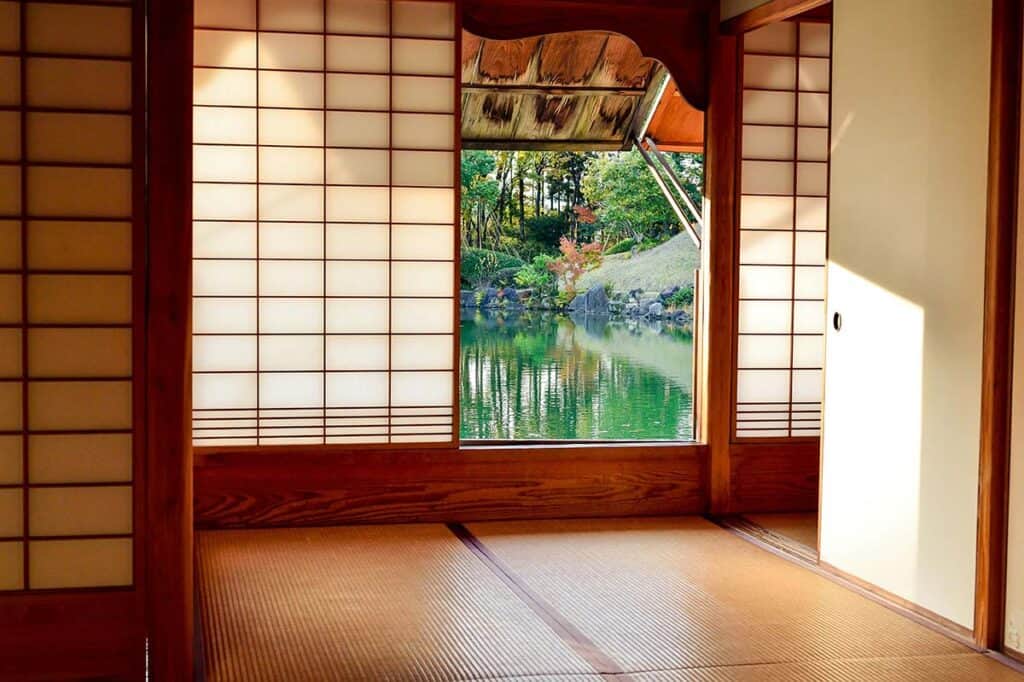
The layout in Chinese interior design is guided by principles of balance, order, and flow. Rooms are arranged to optimize circulation and create interconnectedness, often integrating the concept of feng shui.
Separating screens and lattice work divide spaces without closing them off, allowing light and air to move freely. Furniture placement encourages social interaction and respects hierarchy, with attention to sightlines and functional zones.
Space is neither overcrowded nor empty; instead, it is purposefully arranged to achieve equilibrium. This balance reflects the Chinese cultural value of moderation and supports emotional and physical comfort within the home.
2. Traditional Chinese Interior Design Features

Traditional Chinese interior design emphasizes balance, functionality, and cultural symbolism. This style integrates specific furniture choices, architectural details, and spatial dividers that together create an environment reflecting Chinese history and aesthetic values.
Furniture Styles and Arrangement
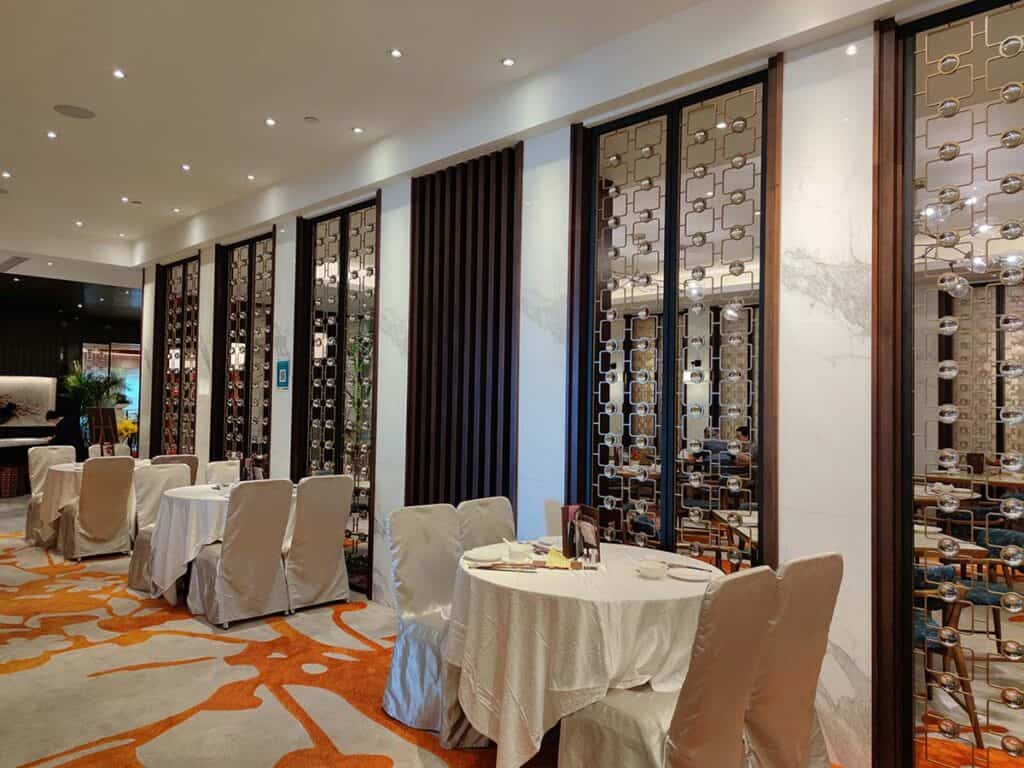
Traditional Chinese furniture commonly features hardwoods like mahogany, rosewood and elm, prized for durability and rich, dark tones. The craftsmanship often includes intricate carvings and polished lacquer finishes that highlight beauty and tradition.
Furniture is arranged to support harmony and flow, following principles similar to feng shui. Pieces like low tables, chairs with horseshoe backs, and ornate cabinets are positioned to respect symmetry and maximize open space. This creates an uncluttered atmosphere and allows for ease of movement.
Decorative elements such as ceramic vases or classical Asian motifs often complement furniture. The use of wooden floors and matching furniture maintains consistency and enhances the natural warmth of the interiors.
Classic Architectural Details
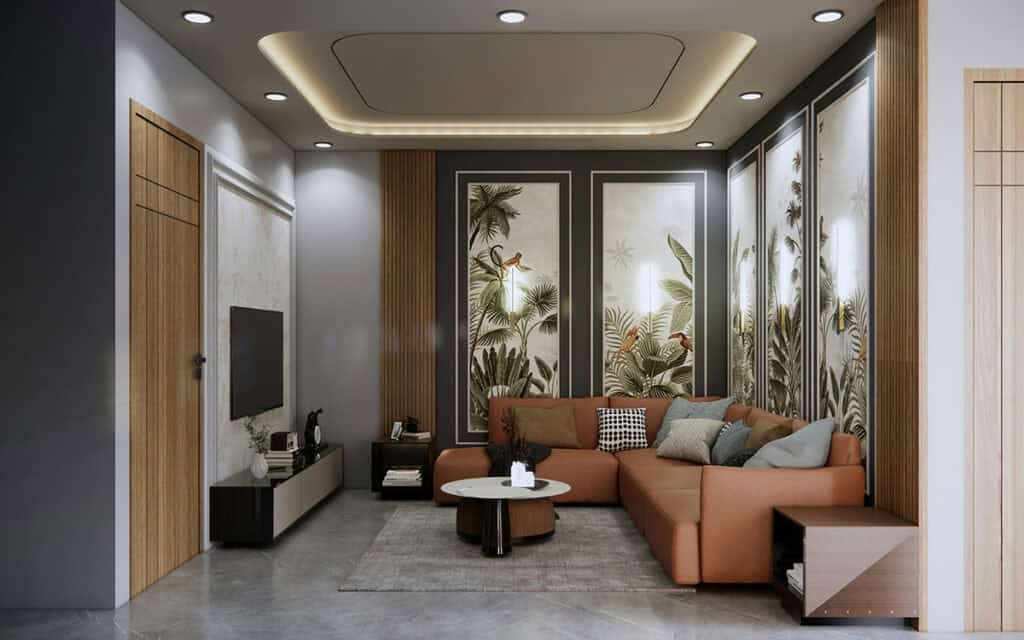
Wood plays a crucial role beyond furniture; it shapes key architectural features like beams, columns, and flooring. These elements often display fine joinery and subtle carvings, reflecting skilled craftsmanship rooted in Chinese culture.
Rooflines inside homes may incorporate traditional curved structures or exposed wooden rafters. Walls may be painted with Chinoiserie wallpaper or adorned with hand-painted murals that depict nature scenes or mythological figures common in Chinese motifs.
Windows and doors often feature latticework, a delicate wood pattern that balances light filtration with privacy. These details contribute both to the aesthetic appeal and to the creation of harmonious, functional spaces.
Use of Screens and Partitions
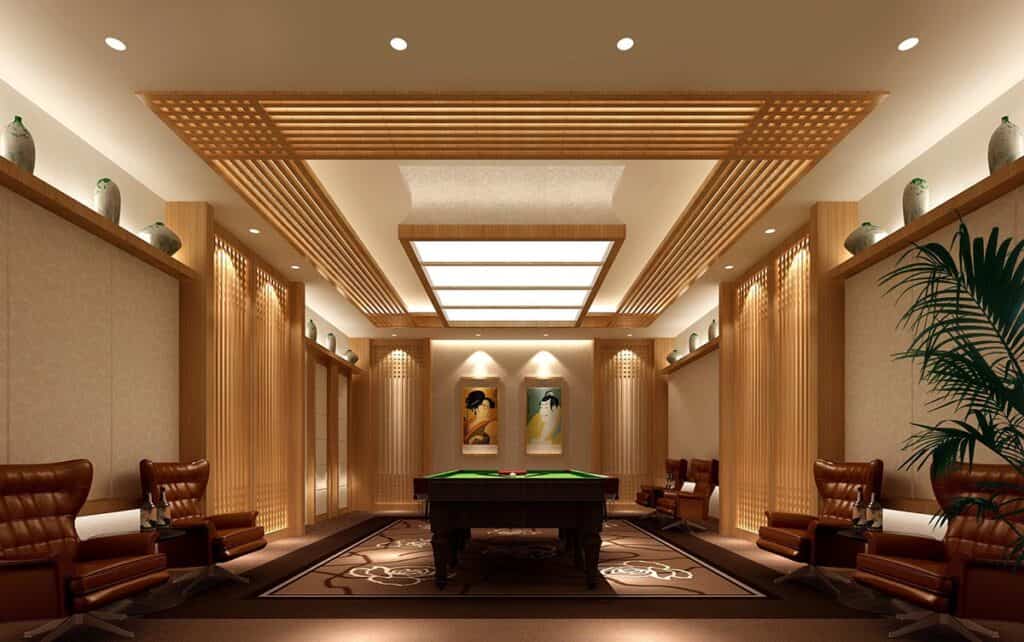
Folding screens and partitions hold a practical and decorative role in traditional interiors. They create privacy without permanently dividing rooms, maintaining a flexible, open environment.
Screens are typically made of carved wood or paper with intricate designs such as floral patterns or Chinese calligraphy, adding artistic layers to the space. Their placement often guides movement and subtly separates areas for different activities.
The balance between openness and division achieved through screens aligns with the Chinese interior goal of maintaining flow and clarity of space. This technique enhances both the visual depth and cultural richness of a room.
See also Interior Design in Las Vegas
3. Modern Chinese Interpretations and Contemporary Fusion
Modern Chinese interior design often emphasizes a balanced integration of traditional elements with updated forms. It highlights the use of carefully selected vintage pieces and furniture alongside contemporary materials and layouts to create spaces that reflect both heritage and current trends.
Blending Old and New Aesthetics

This approach combines classic Chinese motifs, such as intricate wood carvings and lacquer finishes, with modern finishes like glass and metal. It respects the principles of harmonious balance, ensuring neither traditional nor modern elements dominate the space.
Key elements include:
- Incorporation of antique furniture pieces arranged with minimalist décor.
- Use of Chinese art and calligraphy to add cultural depth without overwhelming the overall design.
- Traditional color palettes like red, black, and gold paired with neutral modern tones.
Such interiors maintain cultural authenticity while feeling fresh and livable, appealing to those who appreciate heritage alongside convenience.
Minimalism and Clean Lines

Modern Chinese interiors often showcase minimalism through functional furniture with clean, unobtrusive lines. This emphasizes space and simplicity without losing the essence of Chinese style.
Features include:
- Sleek wooden furniture inspired by traditional Chinese forms but with simplified shapes.
- Open layouts that promote flow and natural light.
- Limited but impactful use of décor elements like porcelain vases or silk cushions to preserve a calm environment.
The restrained approach balances Chinese culture’s historical richness with contemporary interior design’s focus on clarity and ease of use. This fusion suits modern lifestyles while paying homage to tradition.
4. Decorative Arts and Cultural Accents

Decorative arts and cultural accents play a pivotal role in defining the aesthetic of Chinese interior design. These elements bring depth and authenticity, blending artistry with cultural symbolism to enrich a space. Each piece and motif contributes to the overall harmony, reflecting traditional values and artistic techniques.
See also Spanish Interior Design
Chinese Artwork and Calligraphy
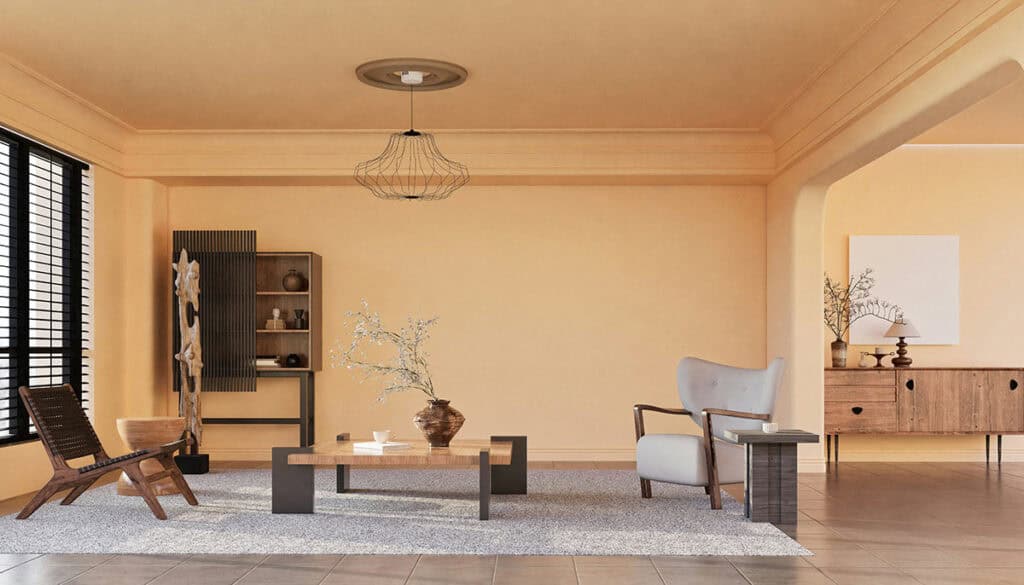
Chinese interior design often incorporates artwork and calligraphy to emphasize cultural heritage and evoke a sense of calm. Paintings typically feature nature themes such as mountains, rivers, flowers, and birds, symbolizing balance and renewal.
Calligraphy, valued as both a fine art and a spiritual practice, uses hairstyles and dynamic brush strokes to convey poetry or ancient wisdom.
These art forms are displayed prominently on walls or incorporated into screens and panels. The use of black ink on rice paper or silk aligns with traditional Chinese taste, favoring simplicity and subtlety over bright, overwhelming colors.
This approach highlights essential elements of Chinese culture and interior design: elegance, restraint, and thoughtful symbolism.

Ceramics, Porcelain, and Decorative Objects
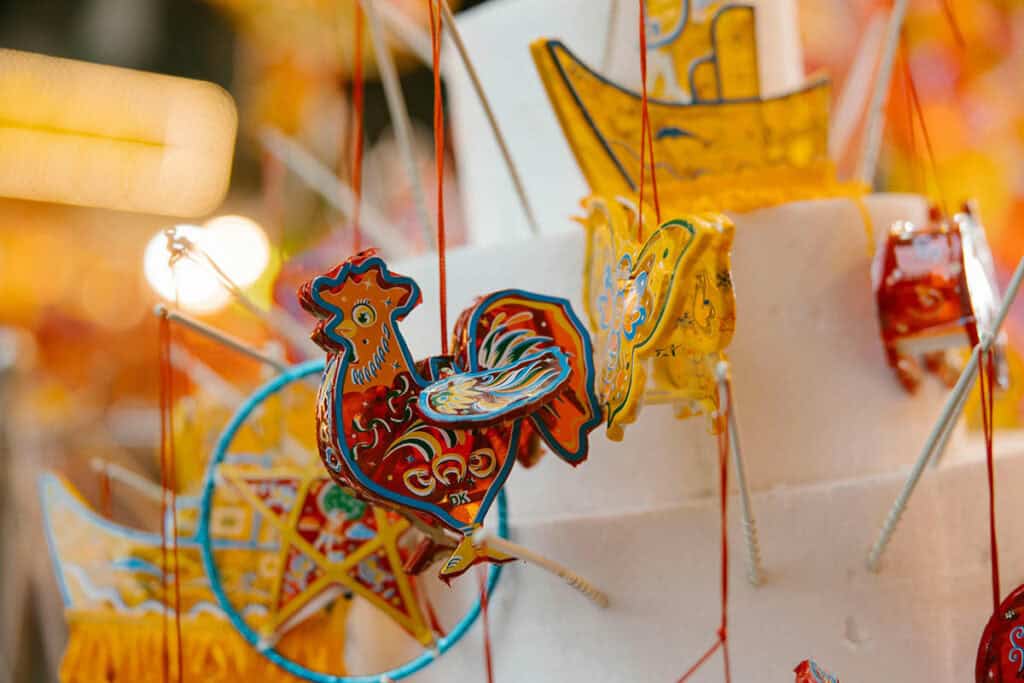
Ceramics and porcelain are cornerstone accessories in Chinese interiors, often showcasing intricate patterns and craftsmanship. Classic blue and white porcelain vases and bowls are widely used, admired for their detailed designs and cultural significance.
These objects may represent prosperity, longevity, or protection, blending decorative and symbolic functions.
Beyond porcelain, decorative objects include carved wooden figurines, lacquerware, and bronze incense burners. These pieces are carefully placed to complement spatial balance and add texture to interiors.
Together, ceramics and decorative objects reinforce the cultural narrative and contribute to the carefully managed harmony central to Chinese interior design.
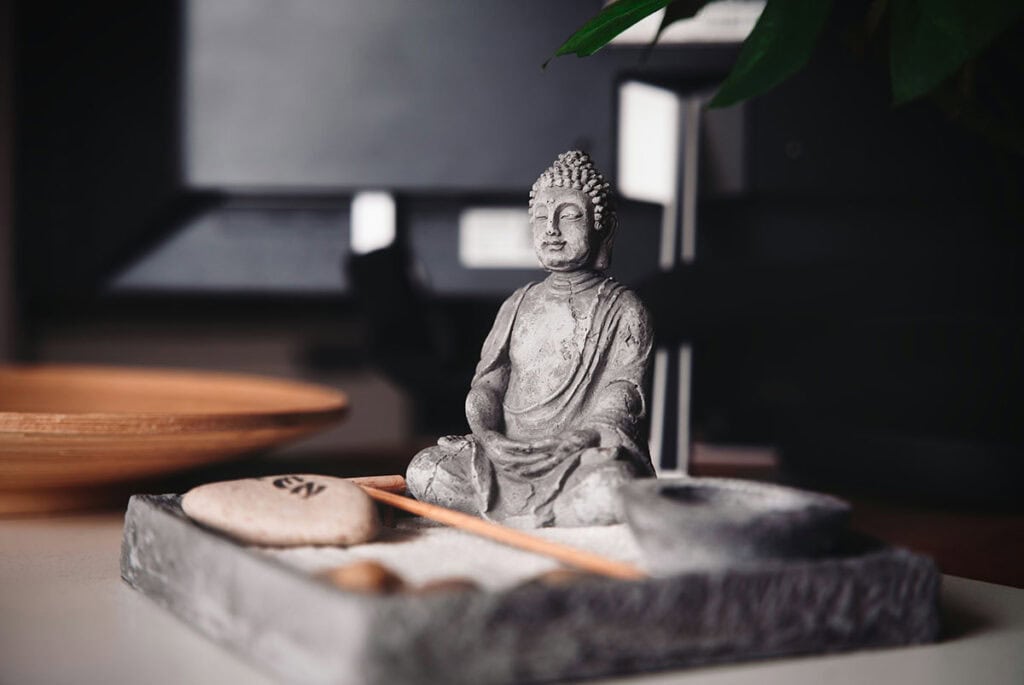
5. Lighting, Plants, and Feng Shui Principles
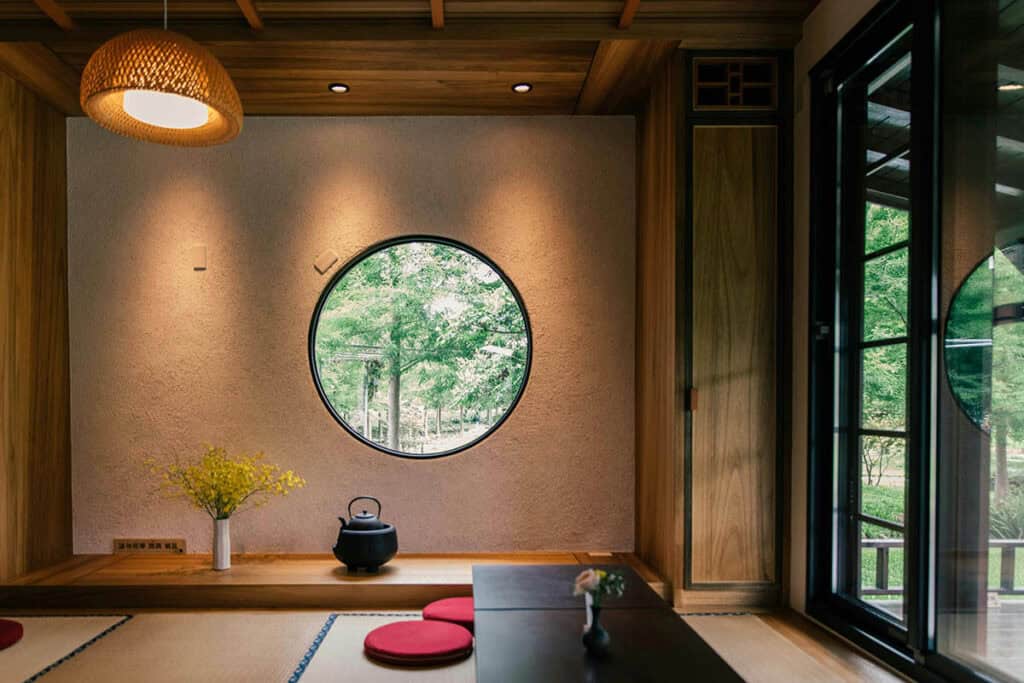
Lighting and natural elements play essential roles in Chinese interior design. These elements work together to create harmony with the environment and support well-being. Proper use of light, plants, and energy flow principles reflects Chinese taste and cultural values.
Natural and Ambient Lighting
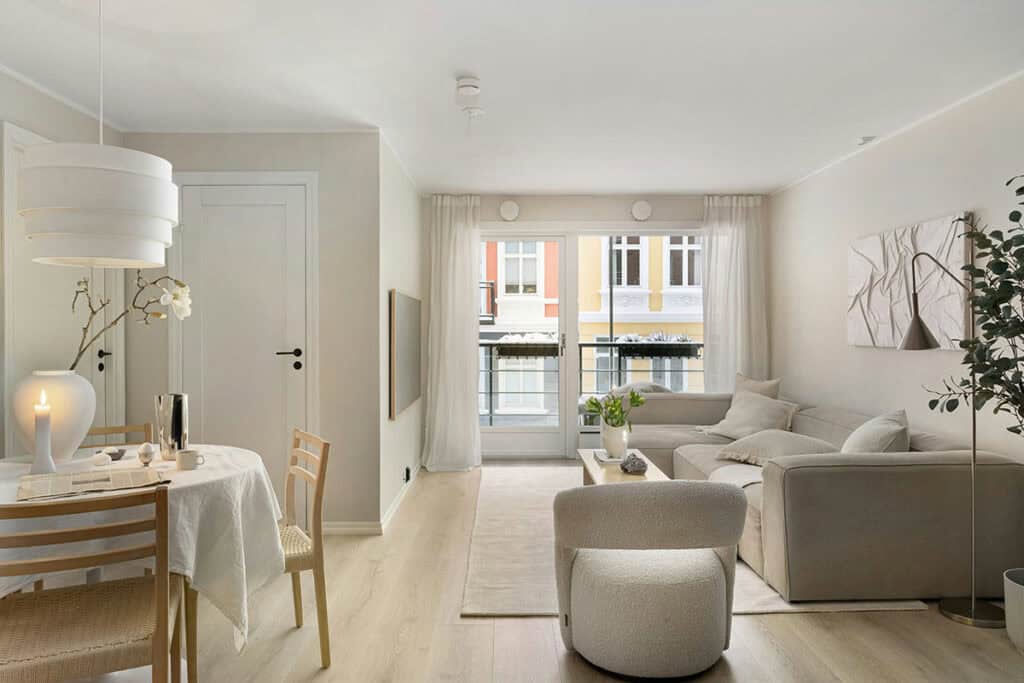
Natural light is critical in Chinese interior design, where it symbolizes vitality and clarity. Large windows and strategic placement allow sunlight to fill rooms, which helps to balance Yin and Yang energies. This use of light prevents cluttered, dark spaces that disrupt harmony.
Ambient lighting complements natural light when sunlight is limited. Lamps with soft, warm tones are preferred to maintain calm and comfort. Colors such as soft reds and golds reflect Chinese taste, enhancing warmth without overwhelming the space.
Balanced lighting in this way respects traditional Chinese interior aesthetics by promoting openness, clarity, and a welcoming environment.
Indoor Plants and Water Features
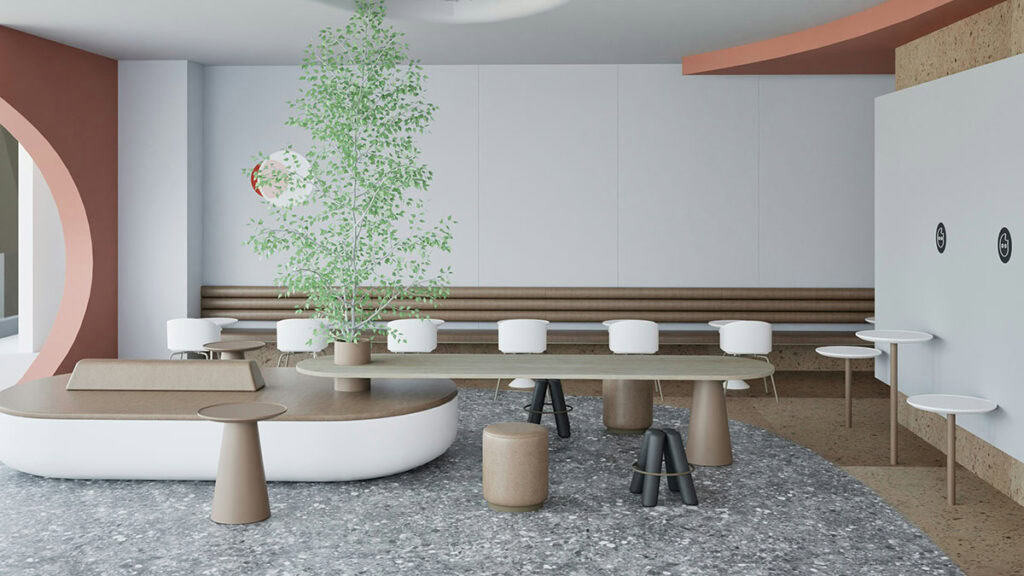
Plants are pivotal in adding life and energy to Chinese interiors. They represent growth, prosperity, and renewal, aligning with principles of Feng Shui. Common plants include bamboo, lucky money trees, and orchids, each carrying symbolic meaning.
Water features like fountains and small aquariums introduce the water element, symbolizing wealth and fluid energy. Placing water near entrances is traditional to attract positive chi. Both plants and water soften sharp corners and bring nature indoors, which is essential for balance.
These elements combined support a healthy environment and reflect Chinese culture’s respect for nature inside the home.
Guiding Energy Flow with Feng Shui
Feng Shui principles guide energy or chi flow to maximize harmony within a space. This involves arranging furniture and decor to avoid blockage and allow smooth movement. The balance of the five elements—wood, fire, earth, metal, and water—is fundamental in these designs.
Colors such as red for fire and green for wood are used intentionally to enhance specific energies. The placement of mirrors, doors, and pathways is carefully considered to redirect energy positively.
This approach exemplifies Chinese interior design’s focus on creating spaces that nurture life and well-being by aligning the home with natural forces.
Chinese Interior Design: A Recap
Chinese interior design is a holistic practice that merges aesthetic beauty with cultural wisdom to create spaces of harmony, functionality, and emotional well-being. Rooted in traditions that emphasize balance, symbolism, and natural elements, it seamlessly integrates traditional craftsmanship with modern design sensibilities.
Whether through careful spatial planning, meaningful use of color and materials, or the influence of Feng Shui, this design philosophy promotes a thoughtful and serene living environment.
As modern interpretations continue to evolve, Chinese interior design remains a timeless reflection of balance between past and present, art and purpose, offering refined elegance for contemporary lifestyles.








